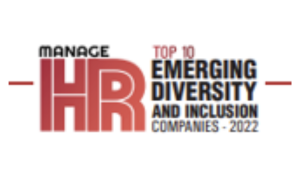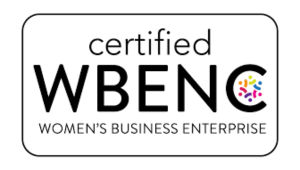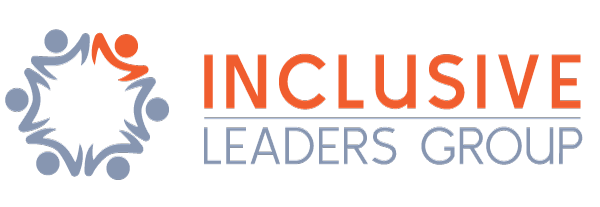Diversity Equity and Inclusion (DEI) is the business strategy that everyone deserves to be treated with fairness, dignity, and respect. It’s about recognizing the inherent value of each person and ensuring that everyone’s unique background, perspective and experiences are understood, valued, and leveraged. It’s also about creating an inclusive environment where different perspectives can be heard, where people feel safe sharing their opinions, and where everyone has an opportunity to succeed. DEI is a cultural shift with practical applications that provide real benefits. It requires us to challenge our assumptions about how things should be done in order for us to create a better future for all of us.
Improving diversity, equity, and inclusion in a business is a challenge. There are many areas where changes must be made, and it is often a lengthy process. In order to measure progress and create a detailed plan, you must focus on key metrics and assessment areas:
8 DEI Metrics and Assessment Areas To Focus: DEI as a Business Strategy
1. Diversity of employees vs. applicant pool
If you notice that your teams lack diversity, you may want to consider taking a look at your applicant pool. In addition to telling you who is applying, it also shows you who you’ve hired. If your applicant pool is diverse, but your teams are not, this could indicate a bias in the hiring and selection process.
Moving forward, you can monitor if there is an increase in diversity by tracking the number of people you hire.
2. Talent demographics
Understanding how your talent is divided between demographics gives good insight into diversity in the business. Consider diversity based on race, gender, and disabilities. You should also look at the demographics of new hires. Are you focusing on one particular group while others are underrepresented?
3. Retention rates
You can tell you a lot about the company culture and how different groups are treated based on retention rates. For example, if a disproportionate number of Black women or Gen Z talent are leaving the business, there are clearly issues that make them feel excluded.
4. Promotional opportunity demographics
When a business consistently promotes one demographic over everybody else, severe issues with equity arise. Review all recent promotions and see what the demographic breakdown looks like. Men being more likely to get promotions than women is a common problem, but discrimination can also be based on race, religion, and disability. This indicates that decisions are not being made based on merit, and preconceptions and biases about certain demographics are taking over.
5. Complaint nature and quantity
Complaints are an excellent source of data for a DEI audit/assessment. You can see which demographics are making the most complaints. Ideally, it will be an equal split, but if there is a clear divide, certain groups obviously feel disadvantaged in the workplace.

6. Diversity across organization levels
When you look at diversity across all of your leadership levels, what do you see? Do you notice that your entry-level team is highly diverse, while the senior-level team isn’t?
In a perfect world, all levels of leadership within your company should reflect a diverse team. If not, then you may want to consider implementing or improving diversity initiatives that focus both on advancing diverse individuals within your organization and attracting diverse outside talent.
7. Job satisfaction scores
Comparing job satisfaction scores between demographics shows you exactly how employees feel about DEI in the workplace. You can also use them to focus on certain groups you are concerned about. For example, you may look at the percentage of female employees that report feeling supported in their roles.
8. Pay gap analysis
Identifying discrepancies in pay between different groups is vital. Compare employees at the same level of seniority to ensure they are compensated fairly. Be particularly mindful of any particular group that is consistently paid less. Gender pay gap and racial pay gap are the two major problem areas.

Are you ready to explore executing a DEI strategic plan to meet your business goals?









